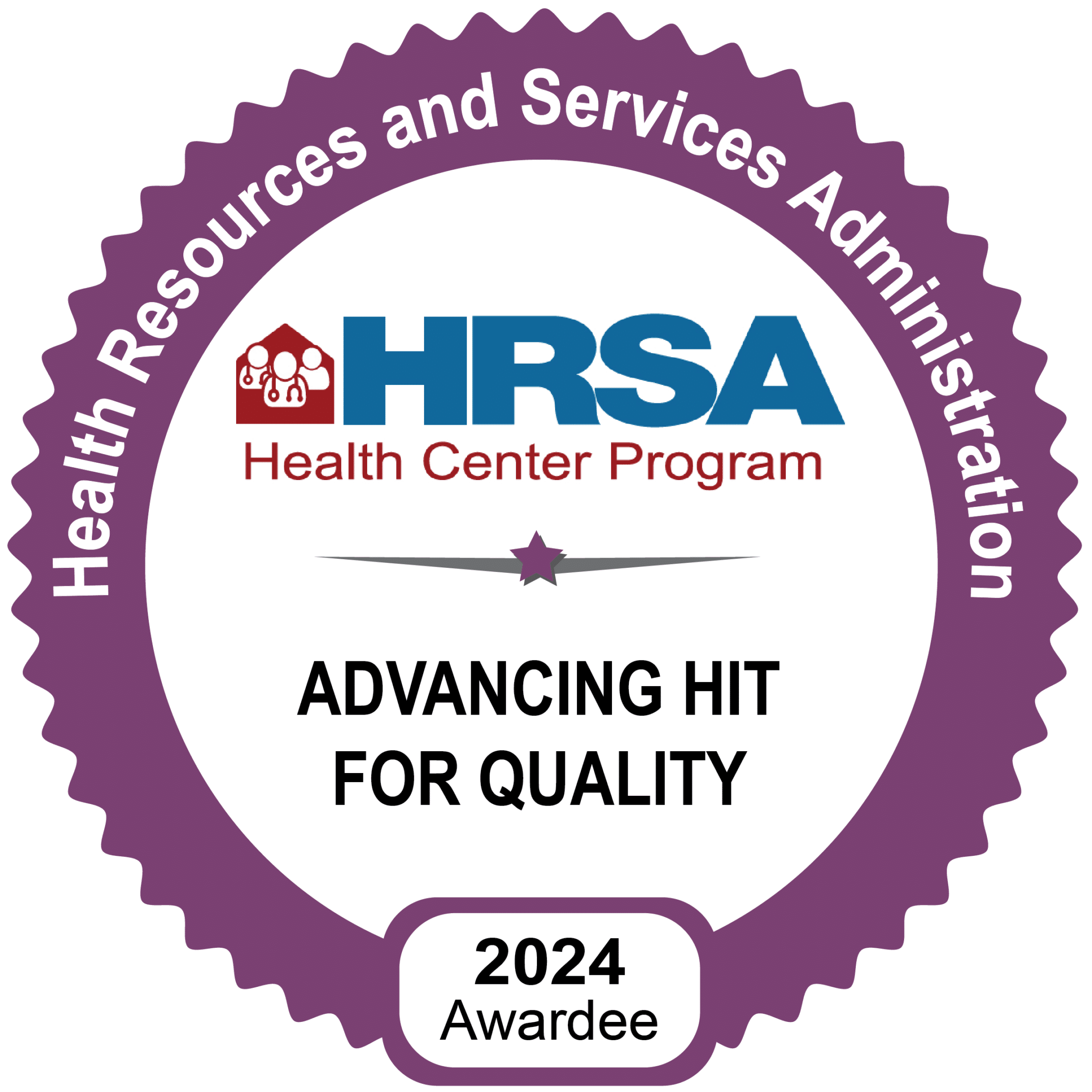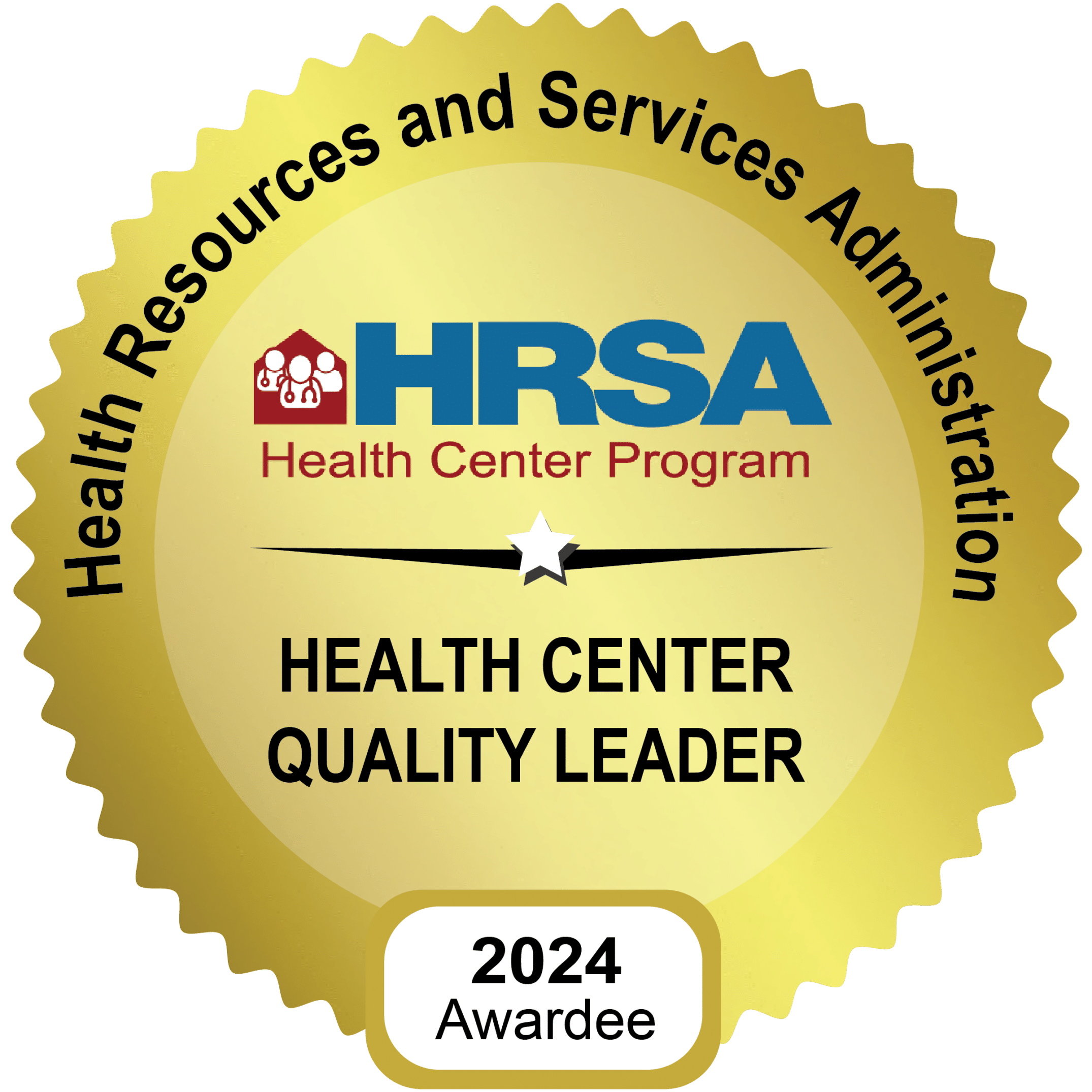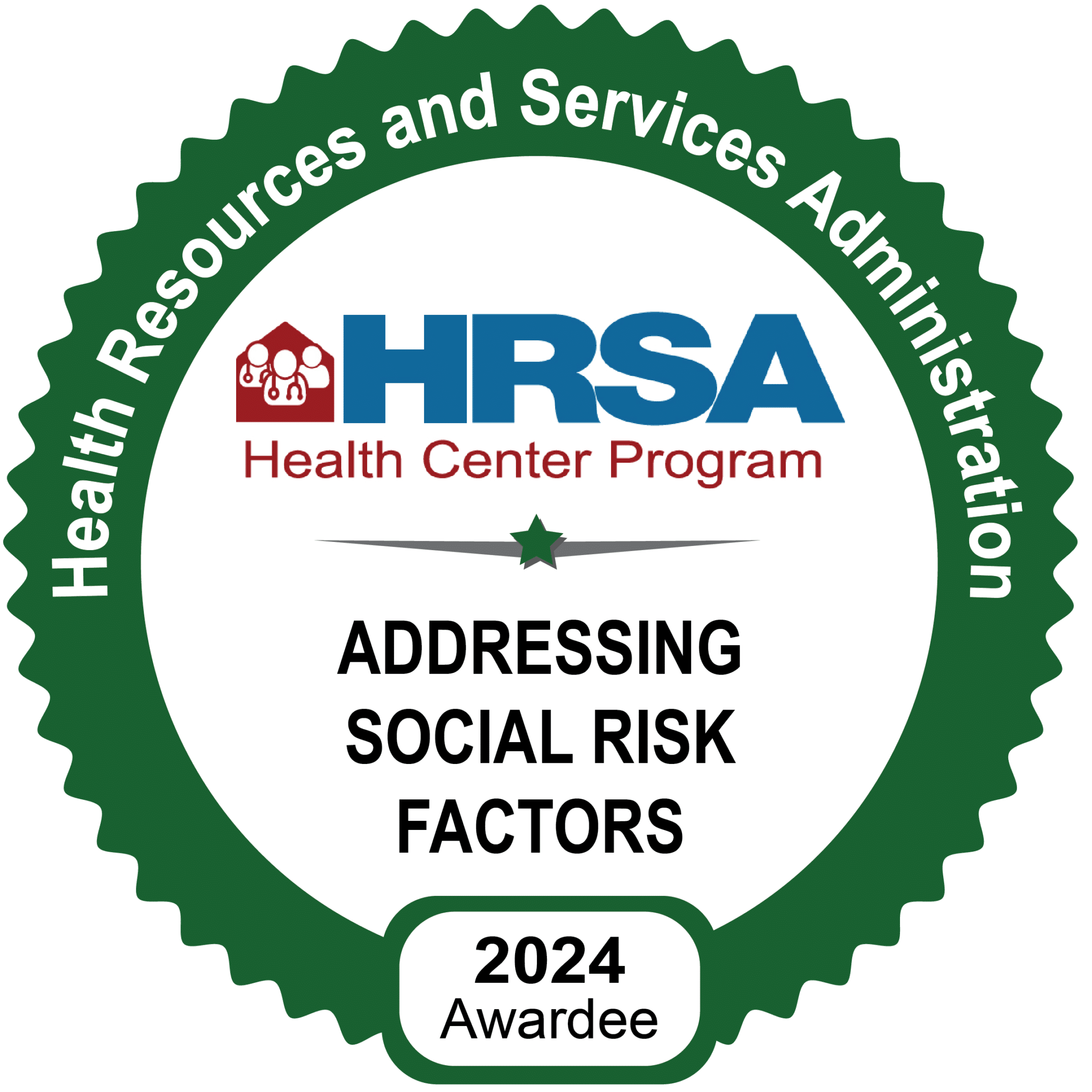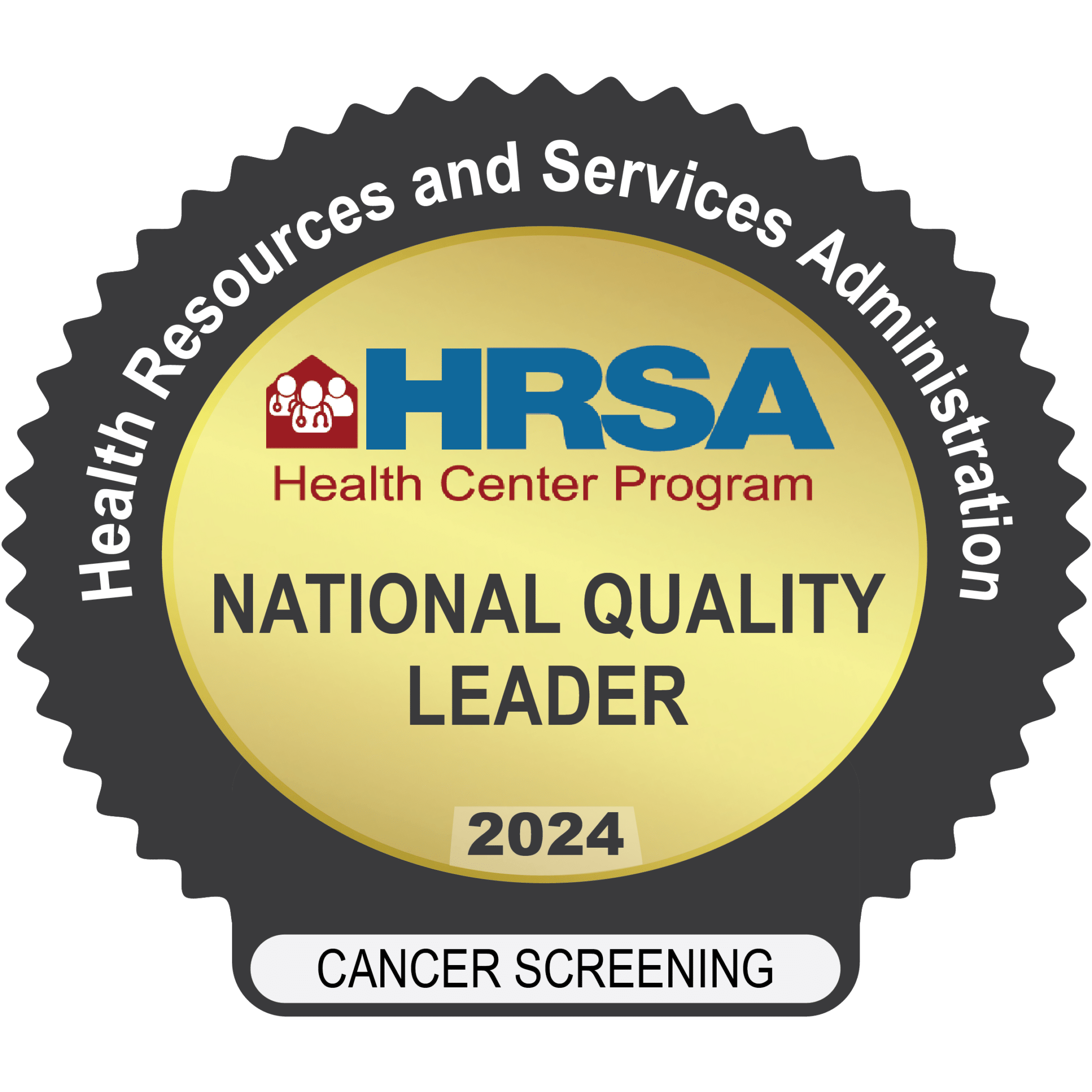Childhood cancer is a devastating diagnosis that affects thousands of families every year. While advancements in medicine have significantly improved survival rates, raising awareness remains crucial for early detection and prompt treatment. Childhood cancer differs from adult cancer in many ways. While adult cancers often result from lifestyle factors or environmental exposures accumulated over time, childhood cancers tend to result from genetic changes early in life.
Common Childhood Cancers
- Leukemia – Leukemia is the most common cancer in children, accounting for about 28% of all pediatric cancer diagnoses. It originates in the bone marrow and blood, affecting the body’s ability to produce normal blood cells. Symptoms can include fatigue, bruising easily, frequent infections, and bone or joint pain. Early detection through blood tests and bone marrow biopsies can be critical in diagnosing childhood leukemia.
- Brain and Central Nervous System (CNS) Tumors – Brain and CNS tumors are the second most common type of childhood cancer. These tumors can develop in various parts of the brain and spinal cord. Common types include astrocytomas, medulloblastomas, and ependymomas. Symptoms depend on the tumor’s location but may include headaches, nausea, vision problems, and balance or coordination issues. Early MRI or CT scans can help detect these tumors, allowing for timely intervention.
- Neuroblastoma – Neuroblastoma typically affects infants and young children, often developing in the adrenal glands or nerve tissues along the spine. Symptoms may include an abdominal mass, bone pain, and swelling in the limbs. Early detection may involve imaging tests, urine analysis for catecholamines, or biopsy of the tumor.
- Wilms Tumor – Wilms tumor is a kidney cancer that usually occurs in children under the age of 5. This tumor typically presents as a painless mass in the abdomen, though symptoms may also include fever, nausea, and blood in the urine. An ultrasound or CT scan can help diagnose this condition early.
- Lymphoma (Hodgkin and Non-Hodgkin) – Lymphomas, which affect the lymphatic system, are divided into two main categories: Hodgkin lymphoma and non-Hodgkin lymphoma. Both types involve the overgrowth of lymphocytes, a type of white blood cell. Symptoms of lymphoma may include swollen lymph nodes, fever, night sweats, and unexplained weight loss. A biopsy of the affected lymph nodes or bone marrow examination is typically used to confirm a diagnosis.
- Rhabdomyosarcoma – Rhabdomyosarcoma is a soft tissue cancer that originates in the cells that normally develop into skeletal muscles. It can occur in various locations, including the head, neck, arms, legs, or abdomen. Symptoms depend on the tumor’s location but may include a noticeable lump or swelling. Imaging tests and biopsies are essential for early diagnosis.
- Retinoblastoma – Retinoblastoma is a cancer that develops in the retina, the light-sensitive lining inside the eye. It usually occurs in children under the age of 5. Signs of retinoblastoma can include a white glow in the pupil (noticed when light shines on the eye), crossed eyes, and vision problems. Early detection through an eye exam and imaging is vital for successful treatment.
- Bone Cancer (Osteosarcoma and Ewing Sarcoma) – Bone cancers like osteosarcoma and Ewing sarcoma are more common in teenagers. Osteosarcoma typically occurs in the bones around the knee, while Ewing sarcoma can develop in the pelvis, legs, or arms. Symptoms include bone pain, swelling, and fractures. X-rays and biopsies are often used to diagnose bone cancers early.
Recognizing Symptoms and Early Detection
Diagnosing childhood cancer early can dramatically improve treatment outcomes. While the symptoms of childhood cancer can mimic less serious conditions, there are key signs that parents and caregivers should be aware of. These include:
- Unexplained weight loss
- Persistent fatigue or lethargy
- Unexplained bruising or bleeding
- Frequent infections
- Unexplained fever
- Pain in bones, joints, or muscles
- Lumps or swelling in the abdomen, neck, chest, pelvis, or armpits
- Recurring headaches, often with vomiting
- Sudden vision problems or changes in behavior
If a child presents with any of these symptoms for an extended period, it’s crucial to consult a healthcare provider. Diagnostic methods vary depending on the suspected type of cancer but can include blood tests, imaging (such as X-rays, CT scans, MRIs), and biopsies.
The Importance of Childhood Cancer Awareness
Childhood cancer awareness is vital in promoting early diagnosis and intervention. Every September, during Childhood Cancer Awareness Month, organizations and medical communities come together to share information, support affected families, and raise funds for research.
At Teche Health, we are committed to educating our community about childhood cancer and offering access to early diagnostic services. If you have concerns about your child’s health, don’t hesitate to reach out for a consultation.




